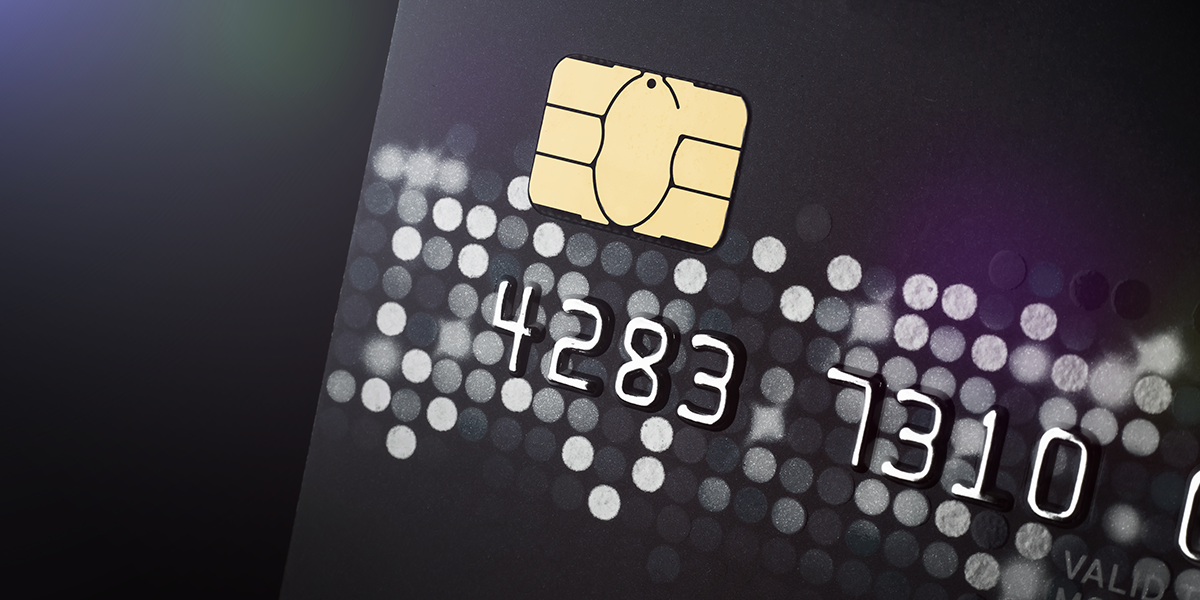
Credit card fraud has steadily increased over the past five years, according to the Federal Trade Commission. Reports of credit card fraud peaked at more than 118,000 reports in the second quarter of 2022. As e-commerce continues to gain traction with consumers and retailers alike, there is a growing number of fraudsters that target customers’ credit cards using their bank identification number (BIN).
BIN attacks occur when fraudsters run the first six digits of a credit card, which are specific to each card-issuing bank, through sophisticated software to methodically produce the remaining numbers, CCVs and expiration dates. They then test to determine which cards are active. These days, fraudsters are capable of developing programs that assess hundreds of card numbers a minute, making detection harder for both fraud systems and consumers.
BIN attacks are a major headache for banks that get stuck with both the financial and operating costs resulting from fraudulent charges. But it may take some time for compromised cards to get monetized, giving banks some leeway to avert more damage.
Compromised cards harvested from BIN attacks can cause significant fraud losses for banks, in the form of accumulating chargebacks, call centers and re-issuance expenses. Adding fuel to the fire, the ensuing cardholder disruption and friction can further damage a bank’s reputation and lead to losses in debit interchange revenues.
Banks are still at risk in the wake of a BIN attack, and should continue monitoring for suspicious activity by reviewing electronic transaction trails for important data like time stamps, geolocation and IP addresses. However, these corrective and protective measures can require costly resources that many banks cannot afford. When an institution comes under attack from fraudsters, manual and purely consultative solutions are a start but must do more.
Bolstering Against BIN Attacks
Luckily, there are efficient ways that banks can fight back against the fraudsters. Here are several tips on proactive monitoring strategies to stop or limit damage from BIN attacks and other card fraud.
- Randomize card account numbers and expiration dates.
- Set up card transaction limits and velocity rules.
- Think about placing risk controls and transaction limits in foreign countries. BIN attacks from tested transactions often originate outside the U.S. Banks should pay close attention to countries that appear in FinCEN advisories.
- Implement decision rules to bar transactions from fraudulent merchants to hinder card testing. Analyzing transaction data for suspicious patterns can reveal card testing. If for a legitimate merchant reaches a transaction threshold, the bank can include a rule to monitor transaction velocity per hour and restrict transactions when further investigation is necessary.
- Automate the monitoring of BINs and transactions with a system to mitigate and act against fraudulent credit card activity. This system should automatically identify whether your bank is a victim of a BIN attack, including repeated low-value transactions, high decline rates and a high volume of CCV errors.
- Take advantage of automated network surveillance to pinpoint both legitimate and fraudulent merchants involved in BIN attacks. This gives banks an opportunity to obstruct additional BIN attacks if other fraudulent merchants are caught during this process.
- Work with your vendor to deploy fraudster-level tools and strategies to detect and prevent BIN attacks. Vendors can offer a wide variety of solutions, including fraud score, compromise card detection, merchant type, merchant category code (MCC), geography, zip codes and device ID, among others.
Preventative measures that can immediately interrupt BIN attacks paired with automated monitoring and surveillance gives banks a way to stay ahead of suspicious activity and effectively identify compromised cards. Mitigation may not stop BIN attacks completely, but it can reduce the resulting financial and operating costs while reinforcing the bank’s fraud department resiliency against BIN attacks.

